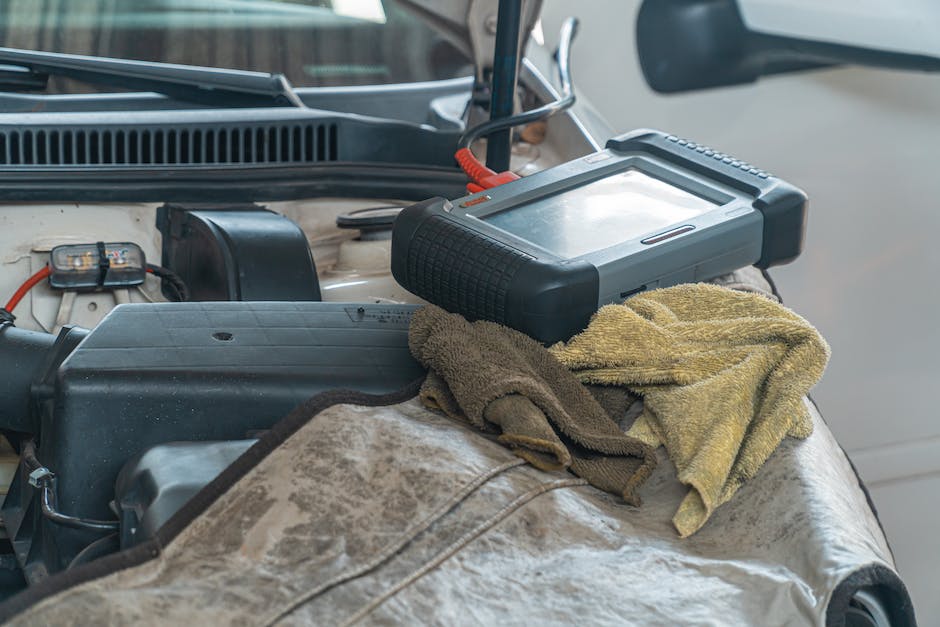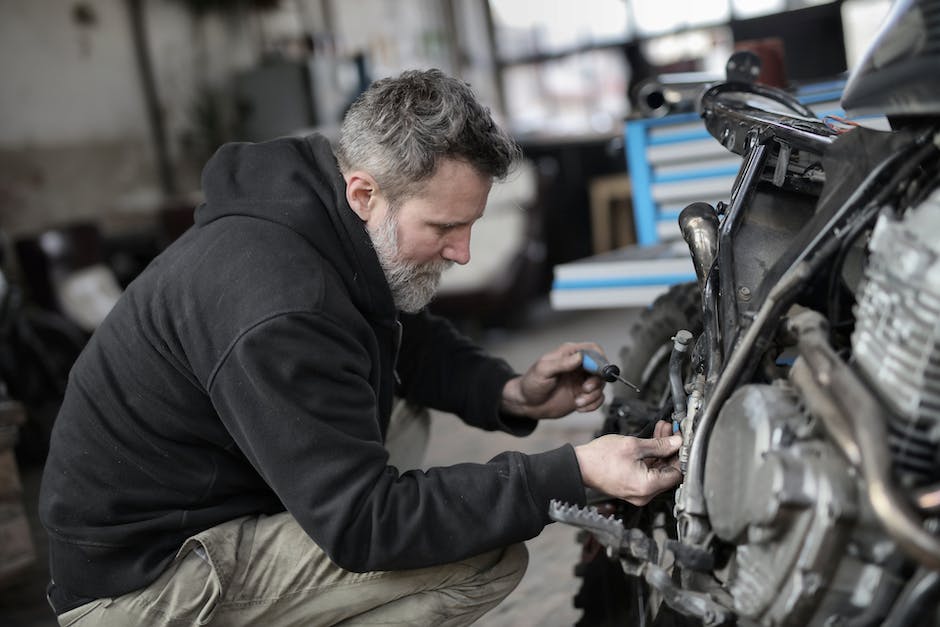The term systems approach dictate which parts of the car you should be focusing your attention to. These include the vehicle’s mission, how it arrives there, and what you do after that.
Whether you are looking into the vehicle’s electronics, software, or both, there is a way to prepare for this new technology. The market is full of new products that claim they can help you meet your needs today and tomorrow, no matter what vehicle you drive.
New technology comes at regular intervals, making it important to be current with your knowledge. If you are not yet knowledgeable about Alexa and voice control, now is the time to learn!
This article will talk about some major automotive technology terms that may be unfamiliar to most drivers.
Intake system

The intake system consists of the driver’s and passenger’s air bags, the air conditioning system, and the heating and cooling system. The air bags monitor your body position and movements to regulate temperature and airflow throughout the vehicle.
The cooling system reduces heat loss by regulating airflow through windows, doorways, and spaces around you. The heating and cooling system regulates temperature by controlling a central thermostat or control unit.
These systems work in concert to create a safe, climate-controlled environment for you. If any of them fail, the vehicle will maintain a comfortable temperature for you until they can be replaced.
This article will discuss the major components of an automotive technology systems approach programme (or as we call it, an automated tech program).
Ignition system

The ignition system consists of two parts: the cylinder head and the spark plugs. When it comes to changing spark plugs, the cylinder head contains three small holes near the top of each plug. You must make sure that you remove all three spark plugs to install a new one.
When installing a new spark plug, you must ensure that there is enough room to insert the new plug without needing to cut off or remove any insulation on the old plug. You must then place a small amount of electricity on both ends of the new plug and twist until it is seated.
The next step is to change out the cylinder head gasket. This can be tricky as there are no easy-access places, but you must try very hard to get it out before cutting off the power to your vehicle.
Fuel delivery system

The fuel delivery system includes the fuel tank, the fuel pump, and the fuel filter. Each of these components can have a special role to play in helping you run your car or truck.
The fuel tank has an important job to perform. The tank holds liquid gasoline which is used to start the combustion process for your car’s engine. As such, you should always have a gas can handy to help you refill the tank!
The gas can has a label on it which describes how much gas is in it. Some cans have a tab on them which you can use to refill yourself, but most people just use the can because it is convenient.
The way the can is designed means that when you open it, there is enough liquid inside to start the combustion process for your engine.
Cooling system

When it comes to your automotive cooling system, there are several components to be aware of. These include the radiator, the coolant circuit, and the radiator fan.
The radiator is a large metal pan that contains a liquid cooling system. The liquid coolant passes through an heat exchanger and travels within an tank to various parts of the vehicle.
The heat exchanger prevents any water from passing through, thus ensuring your vehicle does not overheat. The remaining liquid coolant passes through another heat exchanger and travels within an tank to various parts of the vehicle.
The remaining liquid passes through a second heat exchanger, thus ensuring your vehicle does not dry out.
Automatic transmission
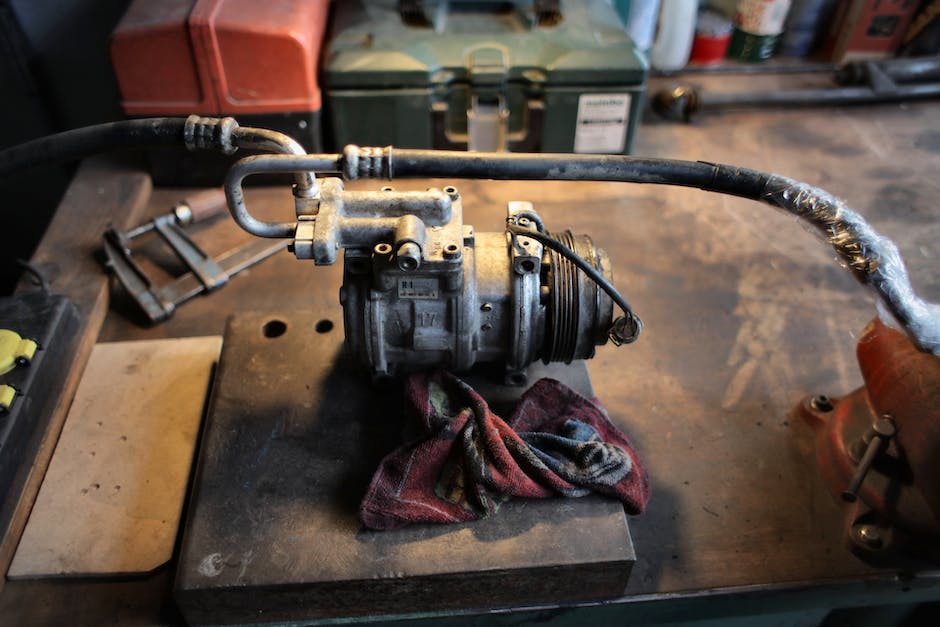
An automatic transmission is an innovative way of converting torque into motion. These transmissions are becoming more common as the number of gears in a vehicle becomes needed for efficient movement.
The term automatic means it does not have a separate slave transmission that shifts when the car is driven. Instead, the driver shifts, and the car responds by moving the wheels and transferring power to the tires.
This can be a big help when trying to get better speed out of your tires or how long you will want to use your car before buying another one. More gears also means more wear and tear on automobiles, which must be accounted for when buying one.
There are two types of automatic transmissions: transfer case and planetary gearing. An interior shift type feels is not used in this technology article because there is no move for the driver to make.
Manual transmission
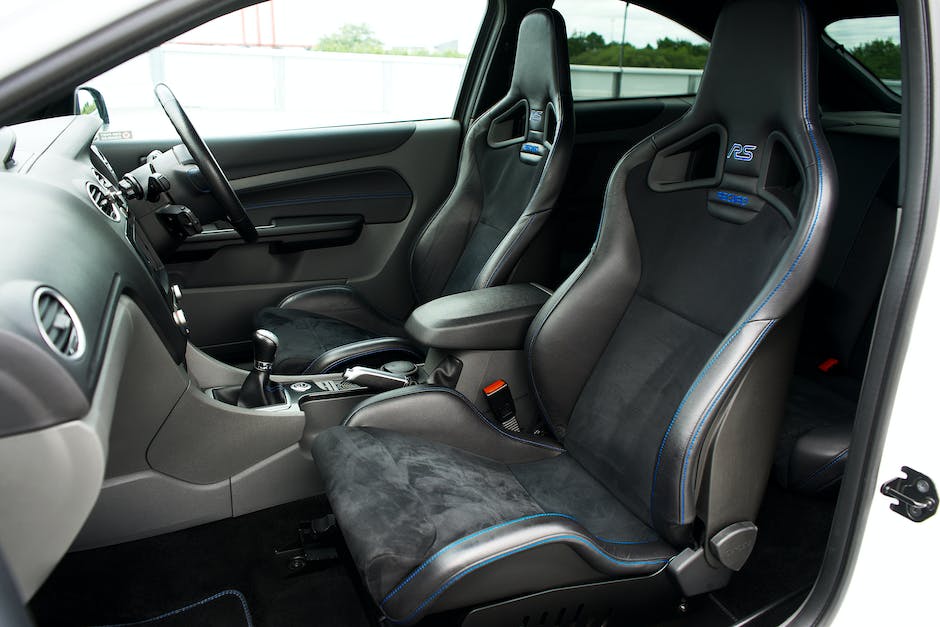
A manual transmission is the most common transmission type in the world. It consists of a gearbox that is connected to a crank by an axial link. This link moves up and down with the crank to achieve shifting.
The gearbox is divided in two parts: The first part houses the six clutch discs, which are moved by one of the four hydraulic motors; the second part houses six different speed sequential shift paddles, which are moved by an electric motor.
In order to change gears, you simply shift between first, second, and final positions! As this type of transmission does not require any intermediate speeds, it is easy to learn.
Different types of brakes
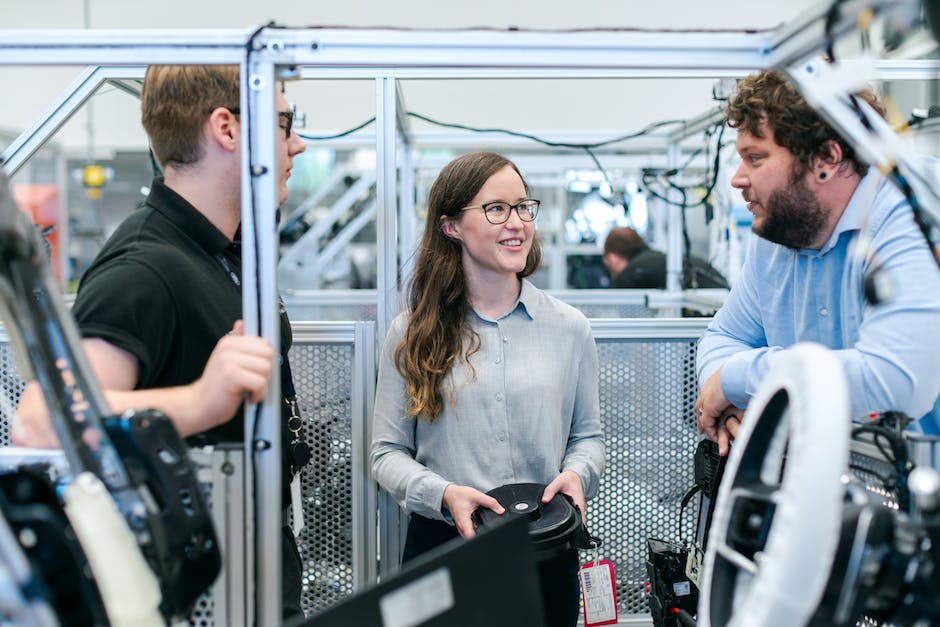
brakes are made of many different types of materials. Each one has a distinct way it performs when applied to the vehicle. Some brakes can replace others in your fleet!
The traditional brake has two plates that are pressed against each other to slow or stop a vehicle. The two most common types are ceramics and metal plates.
A ceramic brake uses hard rock or ceramic powders to create a solid surface for the metal plate to rest on. This type of brake can replace a regular metal brake, making it easy to clean and maintain.
The best way to evaluate whether a backstop should be used with a ceramic or metal brake is to look at how far away the vehicle must be from the rear end when applying the brakes.
Suspension components
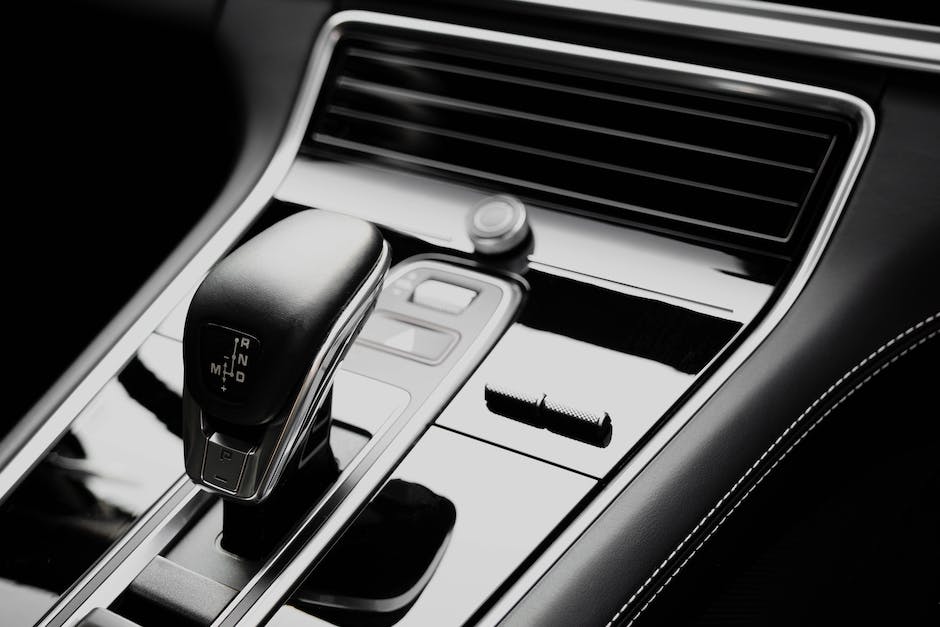
Suspension components are made up of spring, damper, strut, and strut brace. Each of these parts can be found on different vehicles, and many use them in the same vehicle.
Suspension components are important to good handling and traction. A properly adjusted suspension component can change the way your car behaves in the wet and what other drivers will try to do on the road.
Some of the most common components found on cars are spring, damper, strut, and strut brace. When looking at a vehicle with a lower end engine, you can almost always pick out one of these parts.
Spring is what gives your vehicle its soft drop when you apply pressure to it. When working with students as a teacher, I always recommend having a set of wrenches at your disposal so that you do not have to mess with small pieces every time you adjust or remove the suspension component.






